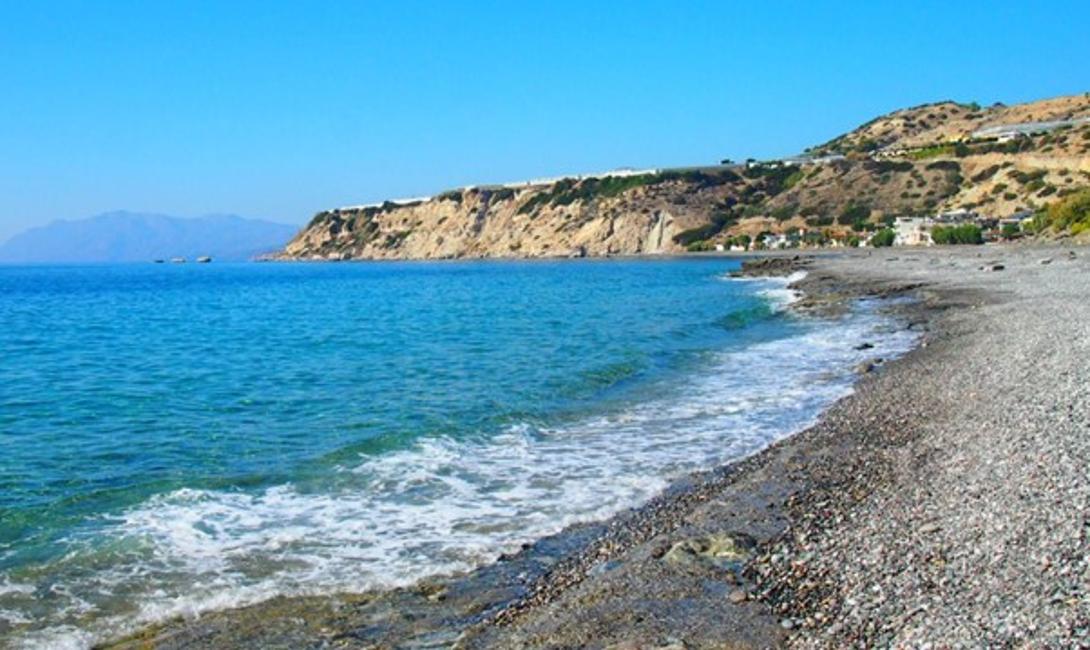
Mirtos
Location
Mirtos or Myrtos is one of the jewels of Crete, a picturesque seaside village in southeast Crete, near Ierapetra in Lassithi Prefecture.
It is the capital of a municipal department consisting of Mirtos and four other villages, and has a population of around 500 (2001 census).
Most of the local inhabitants are farmers, a fact immediately obvious from the many greenhouses in the area.
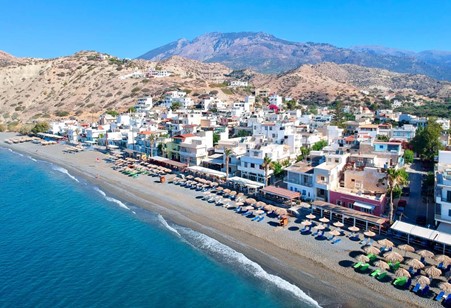
Many tourists visit Mirtos in the summer, and there are rooms for rent, small hotels, restaurants, tavernas, café-bars, minimarkets and a petrol station.
There are no pharmacies, banks or cashpoints, but Ierapetra is nearby and has everything. You can reach Ierapetra by car, or there is a bus every two hours.
How to get there and rent a car to make the most of sights
Starting from Heraklion, take the road to Viannos, which continues on to Mirtos and Ierapetra. It’s about two hours’ drive, but the part of the route after Viannos is well worth the trip, as it is one of the few places in Crete with a beautiful pine forest.
If you are starting from Agios Nikolaos, Sitia or Ierapetra, take the tarmac district road west. In about 16 km you will find yourself in Mirtos, at the mouth of the River Kryos.
You can select your favourite vehicle from a range of cars we have available in our website. Rent your car now and book online here.
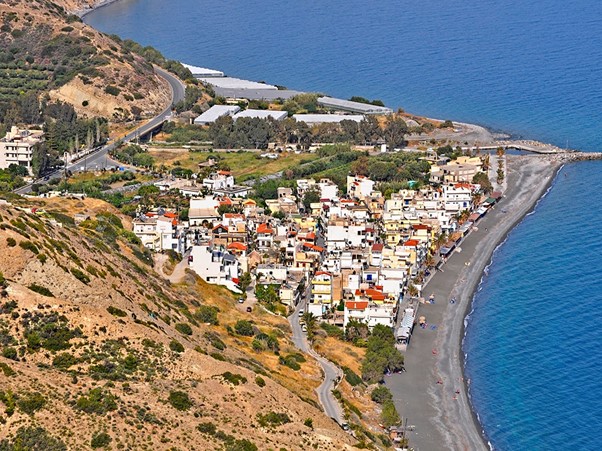
Where to stay
You have plenty of options. Hotels , apartments, several accommodations are also located in Ierapetra.
Sightseeing
Mirtos boasts one of the best beaches in the area, with ash-grey sand and clear water, just the place to dive in and enjoy the blue sea. One important advantage is that the area is not affected by the northwesterly meltemia and strong northerlies that blow on many beaches on the south coast of Crete, such as those near Ierapetra.
The main beach is right in front of the Mirtos tavernas and cafés, and stretches west, where it broadens out. Continuing even further west, you will find beaches where you can camp. There is also a magnificent beach at Tertsa village (4 km away).
To the east is a beach with large pebbles and a few tamarisk trees along the road to Ierapetra. If you come here you will probably find yourself alone, as everybody prefers the much better beach at Mirtos.
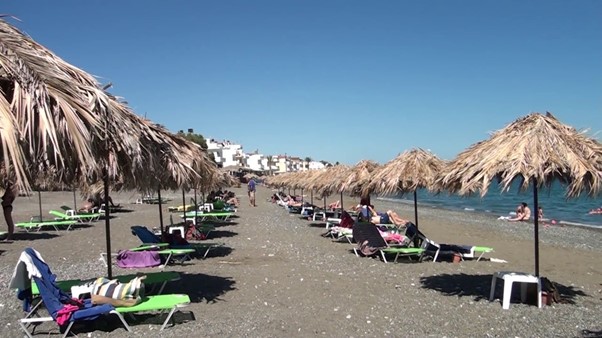
Entertainment and places to visit
Walk around the narrow streets of Mirtos, among the houses which are whitewashed each year shortly before Easter, to be dazzling on the great feast-day. Admire the pretty gardens scented with colourful flowers and herbs planted in pots, big clay jars and even olive oil cans.
Don’t forget to go into the village kafenio (café), the local meeting-place where the inhabitants of Mirtos gather for endless conversations, card games or backgammon, and try a Greek coffee skilfully prepared in the traditional way.
Visit the little church of Agios Antonios (St Antony), now restored, and the old school next to it, which houses the Mirtos museum, with Minoan finds and local folk art and implements.
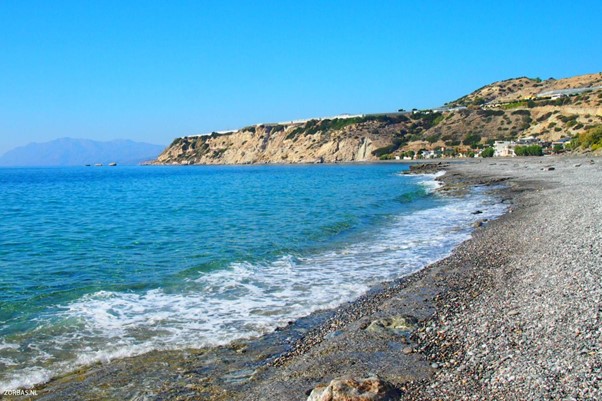
Leave Mirtos to visit the Minoan settlement of Pirgos nearby. You won’t need your car as the footpath starts next to the river, at the Ierapetra end of the village. The path is easy and it’ll take you about half an hour to climb up to the top of the hill with the ruined Minoan houses. From here you can gaze out over the sea and look down on Mirtos. It’s best to do this in the cool of the day, in the afternoon or early morning, to avoid the blazing summer sun.
Take your car up to the villages of South Dikti mountain, such as Pefkos and Simi (or Symi), set in one of the last pine forests on Crete.
Go for a drive to Ierapetra and take the boat to the island of Chrissi or Gaidouronissi (Golden or Donkey Island), with its junipers and tropical beaches with pink sand.
Even if you don’t manage to visit Chrissi, it’s worth spending a few hours in Ierapetra, a small modern town with a long history, a lovely beach, small seaside tavernas, the Venetian fortress of Kales, the mosque and its own archaeological museum.
